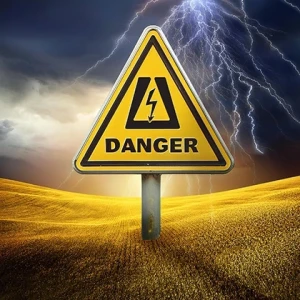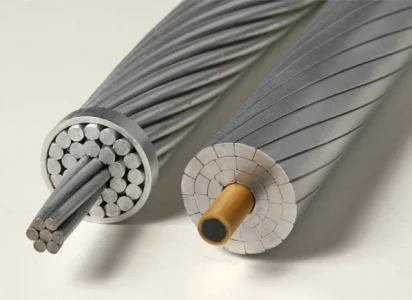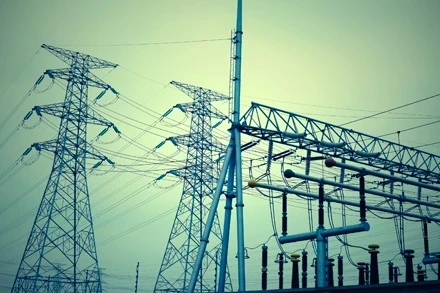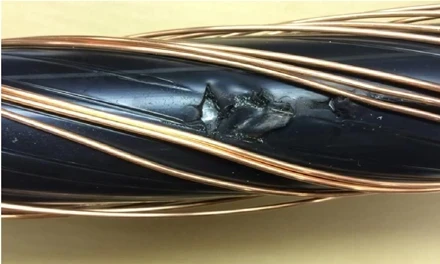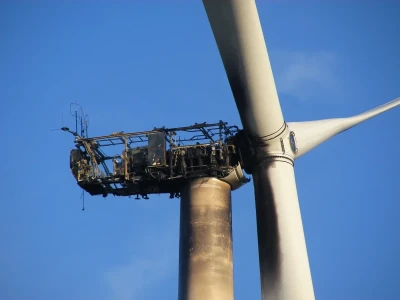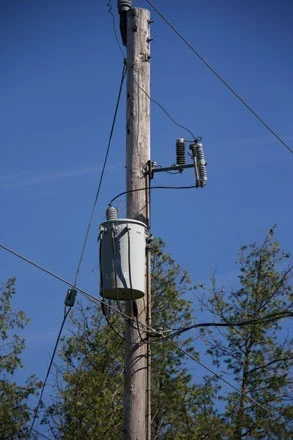Detecting Faults in Underground Networks

Enhancing protection using directional faulted circuit indicators
BY CHRISTOPHER EVANICH, Thomas & Betts
Underground electrical networks provide reliable service to end users, but create problems for utility personnel in locating faults. Electric utilities who utilize an underground network could spend several weeks trying to locate a fault or potentially not even be able to locate it until a second fault occurs.
LOCATING FAULTS A directional faulted circuit indicator (DFCI) is a beneficial piece of equipment in an underground network for assisting line crews in locating faults. A conventional faulted circuit indicator (FCI) is not as useful since the device does not have any directional element. The purpose of a DFCI is to detect faults on the underground network in only a specific direction. Since a fault can occur on any part of the network, directional capabilities are especially important on underground networks.

